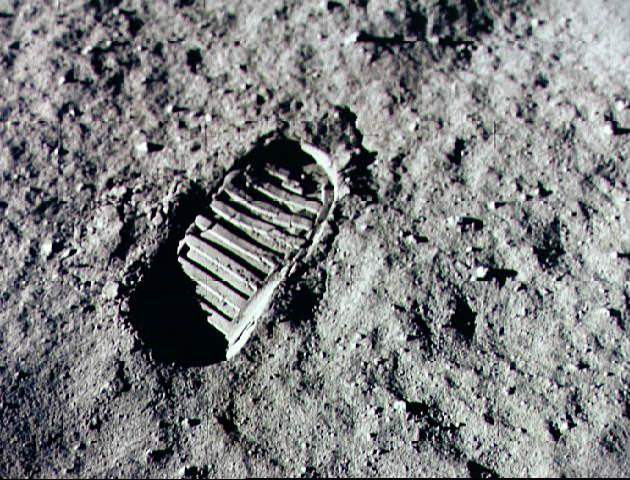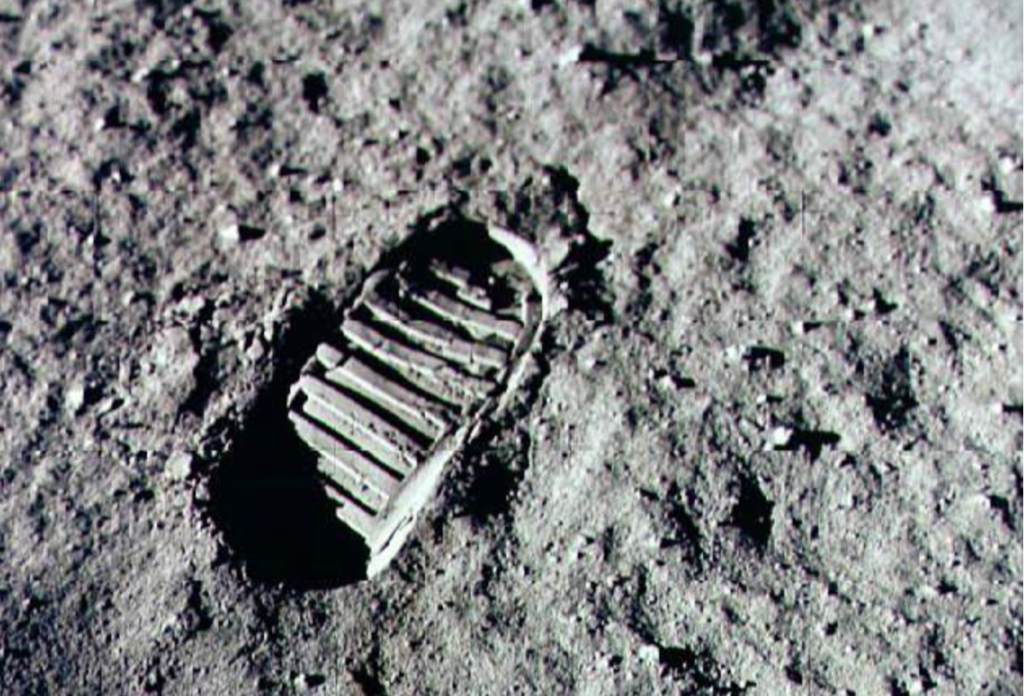
Analysis of lunar regolith samples brought by the Chang’e-5 lander reveals them to be more hydrogen-rich than samples from Apollo missions.
What do lunar regolith samples from Chang’e-5 reveal?
The Chinese Academy of Sciences studied samples of 17 loose fragments of rock and glass, i.e., lunar regolith brought back to Earth by the Chang’e-5 lander. Surprisingly, the samples brought back in December 2020 contained higher hydrogen than the samples from the Apollo missions. All six Apollo missions collected samples from the Moon’s equator. However, the Chang’e-5 collected the lunar regolith from 43 degrees north of the equator.
The temperature at the equatorial region is 107 degrees Celsius and it is easy for hydroxide, hydrogen, and water trapped in the samples to easily outgas. On the other hand. the temperature at the docking site of Chang’e-5 is about 77 degrees Celsius. Hence, researchers believe the cooler temperatures at the docking site are the reason behind the new regolith samples retaining more hydrogen. They also heated some of the new samples above the noontime temperature for 28 hours. They discovered only 20 percent of the trapped had escaped, proving its stability.
More on the presence of water on the Moon
Following several modeling-based investigations, scientists concluded that lunar regolith from the poles has an average of 560 parts per million (ppm) of water. It is similar to the estimates of Moon Mineralogy Mapper. A NASA-supported guest instrument that flew on India’s Chandrayaan-1. Additionally, the samples on Chnag’e-5 were collected from the top layer of the regolith. However, rock samples were drilled from a depth of two meters. As per previous studies, the polar regolith contains approximately 400-700 ppm of water.
NASA’s Artemis 3 is going to be the first mission in the Artemis series to take astronauts to the Moon. It will be docking closer to the lunar South Pole. This region is close to the location where Chang’e-5 picked up the samples. As per scientists, the supplies of water and hydrogen might make the Moon, the “spacefaring equivalent of a gas station”.
